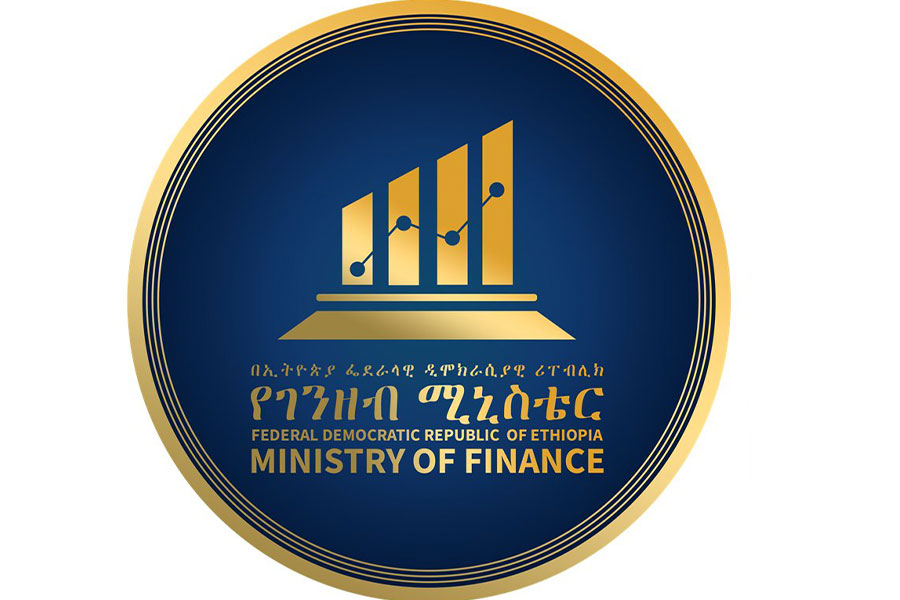With artificial intelligence (AI) poised to reshape industries worldwide, a paradox is emerging. Despite growing demand for people with the knowledge to leverage the technology’s potential, AI-related skills remain in short supply.
The scarcity of AI-related skills – from proficiency in machine learning, prompt engineering, and data science to understanding AI’s ethical implications – is becoming a major obstacle to deploying the technology effectively. In one recent report, 47pc of executives say their employees lack the necessary skills. This will affect companies’ ability to move AI projects from conception to implementation. A 2023 report from the World Economic Forum finds that “six in 10 workers will require training before 2027, but only half of workers are seen to have access to adequate training opportunities today.”
This skills gap bodes ill not only for individual career growth but also for economic growth more broadly.
Capitalizing on the opportunities that AI presents will require updated approaches to education and training. In the coming year, educational and vocational institutions will likely place a much greater emphasis on teaching AI ethics skills, offering flexible lifelong learning, and infusing AI into their offerings to be more competitive.
AI ethics skills will become a core concern – and for good reason. In the space of a few years, generative AI has become available to anyone with a computer and an internet connection. For employers and their information technology (IT) departments, this raises the problem of “shadow AI,” or unsanctioned use of generative AI by employees, which could expose companies to a wide range of security, compliance, and reputational risks. In addition, the workforce will need AI ethics skills to manage new AI agents, like tools that can automate complex tasks that would otherwise require human resources.
Shadow and agentic AI both demand new guardrails to help users protect AI applications based on responsible AI practices. Education providers will begin to emphasise training on the fundamentals of AI explainability, fairness, robustness, transparency, and privacy. Without a basic understanding of how AI models generate their output, for example, those responsible for protecting data or controlling autonomous systems will be ill-equipped for the task.
With AI and other new technologies evolving rapidly, lifelong learning will become the new normal. The process can be divided into developing skills that meet immediate needs, anticipate future needs, and furnish always-in-demand expertise.
Many traditional roles within an organisation will soon change. Some employees who currently work independently (who do not manage other people) may join new types of teams in which humans manage AI agents. And, to prepare them for this fundamental change, demand for online courses and digital credentials in AI-related fields like natural language processing and machine learning will likely increase. The future use of quantum computing will continue to drive the need for new skills. And, the steady rise in the number and variety of cyberattacks – such as “harvest now and decrypt later” (HNDL) hacks – emphasises the importance of up-to-date cybersecurity skills.
Our organisation is working with community colleges across four American states to offer a new cybersecurity certificate that will prepare students for in-demand roles across the workforce. Similarly, our collaborations with Singapore Polytechnic and historically black colleges and universities (HBCUs) in the US provide young learners with free AI training. And while this process may begin in the classroom, we can also expect to see more opportunities for upskilling as the relevant technologies evolve.
For anyone who wants to stay competitive in the job market, lifelong learning has become indispensable.
AI and automation technologies can make existing education platforms far more effective, as we are likely to see in 2025. AI-powered solutions have reached a tipping point from being a nice-to-have to a must-have. Educators, whether in schools or other organisations, will find new ways to apply AI-powered tools to personalise and tailor learning experiences, understand students’ needs and match them with relevant courses, or enhance coaching and feedback.
The same technologies can also enhance customer service aspects of education. At IBM, we have already seen the benefits of using AI to analyze feedback from more than 60,000 learners in 47 languages. This led us to simplify online registration and other parts of the process. In the coming years, education systems and platforms will also benefit from multimodal AI models that can process audio, video, charts, and images to provide an even more effective, individualised learning experience.
By embracing AI, we can enhance learning and professional outcomes, improve operational efficiency, and reduce costs across the economy. But all of that will require developing the skilled workforce we need.





 Loading your updates...
Loading your updates...